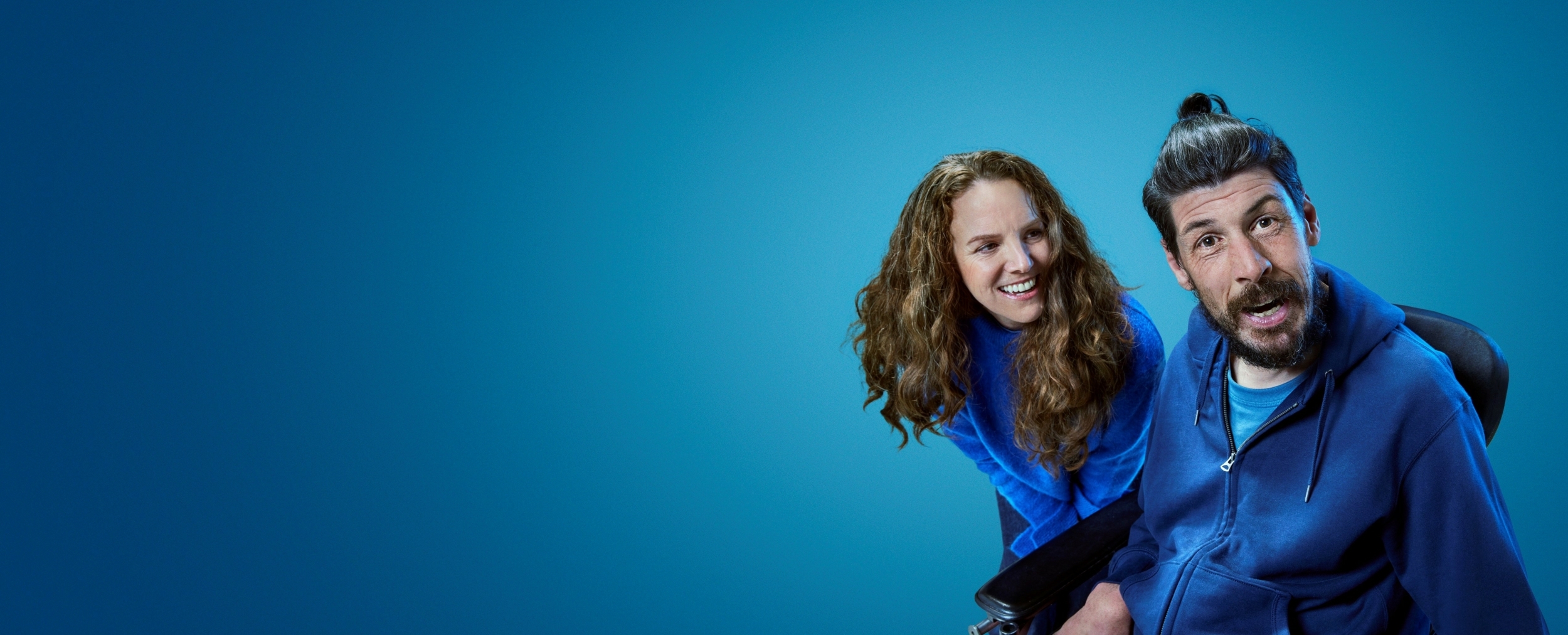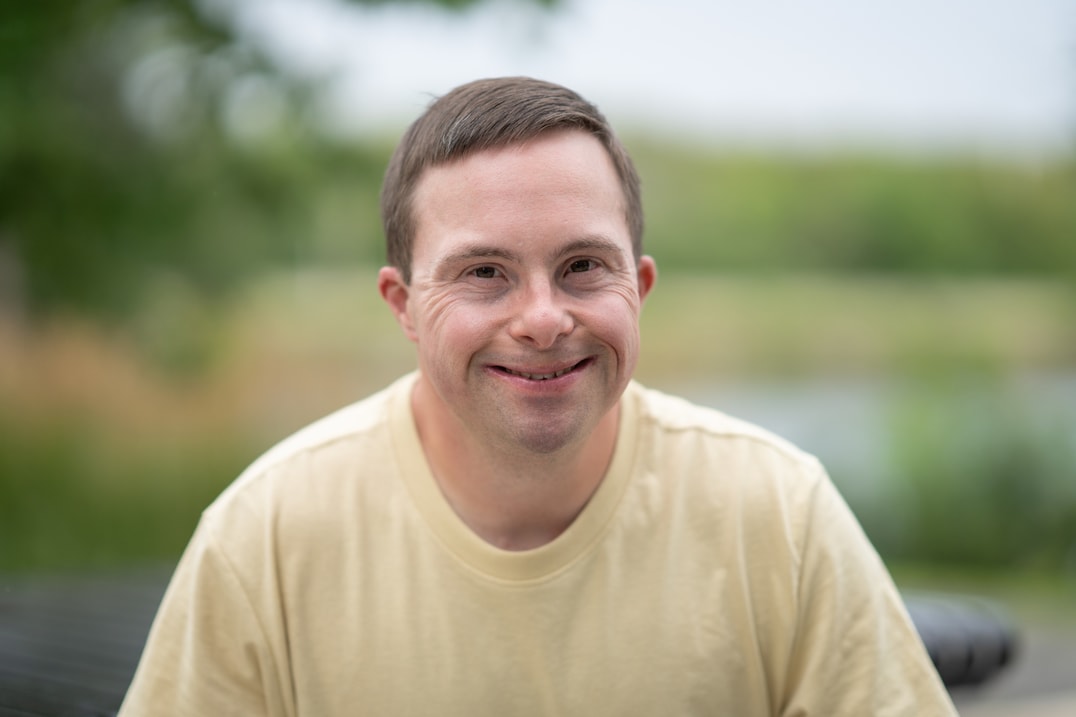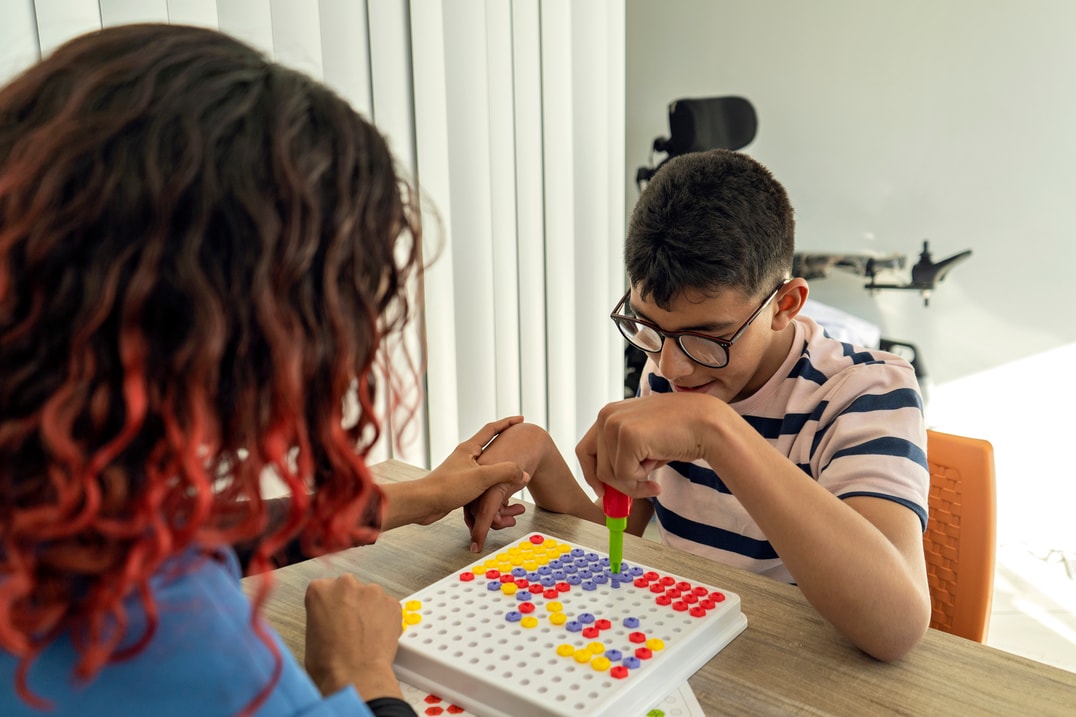We create meaningful opportunities for people with disability


At Scope, it's all about you and your needs. It's never a one-size-fits-all solution. We are passionate about providing high-quality support that is individualised to your needs.
We work in partnership with you, your family and your wider support network. It's a relationship based on trust, quality treatment and shared desire to reach goals.
At Scope, we partner with you to explore career pathways and help you apply for and secure employment.
From supporting you to identify industries of interest, to building your job skills so you’re ready to find and apply for work — Scope’s disability employment supports can help you enter the workforce and stay there.
By creating a culture of inclusion in your school, business or government organisation, you’ll make all people feel welcome.
Scope offers a range of disability inclusion programs to help you become a more inclusive workplace or school. Our programs are available online across Australia, and face-to-face in Victoria.
Looking for more independence? Scope can help you find a place to call home through our Supported Independent Living (SIL).
The past acts of assault towards Scope client Lee-Anne Mackey are distressing and unacceptable. Scope has apologised to the Mackey family for the gross mistreatment Lee-Anne has endured. We continue to engage Lee-Anne and her family and work with them to identify ways to improve her care.

In today's evolving approach to behavioural management, Positive Behaviour Support (PBS) stands out as a holistic and person-centred framework designed to foster individual well-being and enhance overall quality of life.

Explore the valuable support and services provided by Scope - NDIS registered occupational therapists to enhance the lives of participants.
